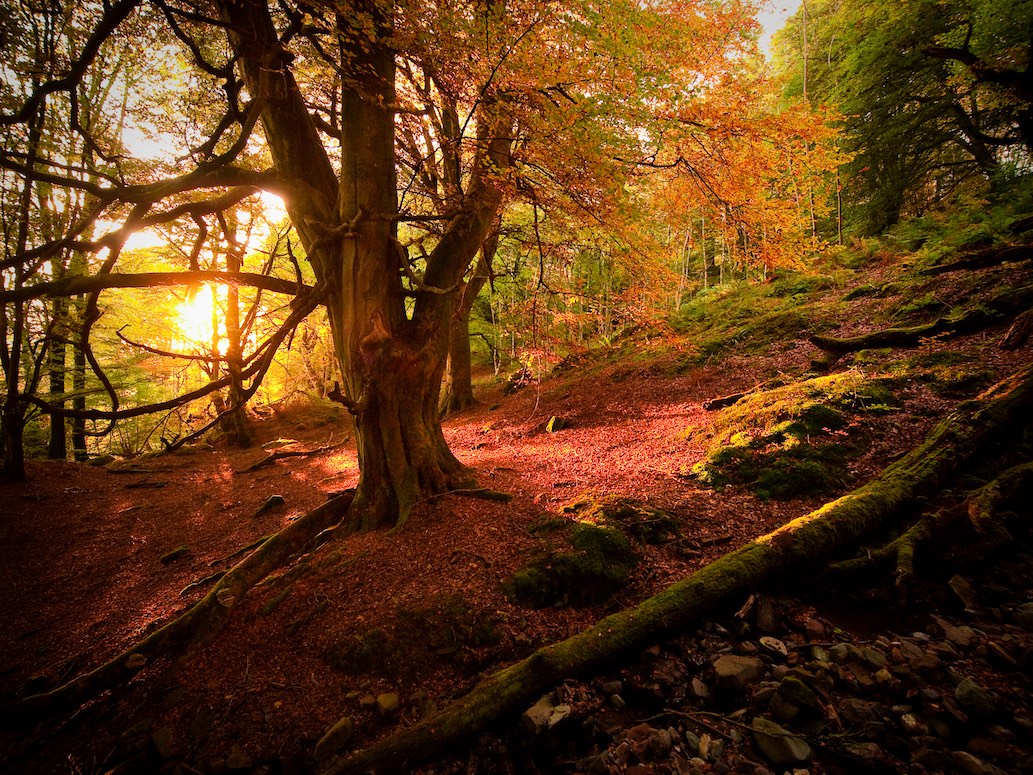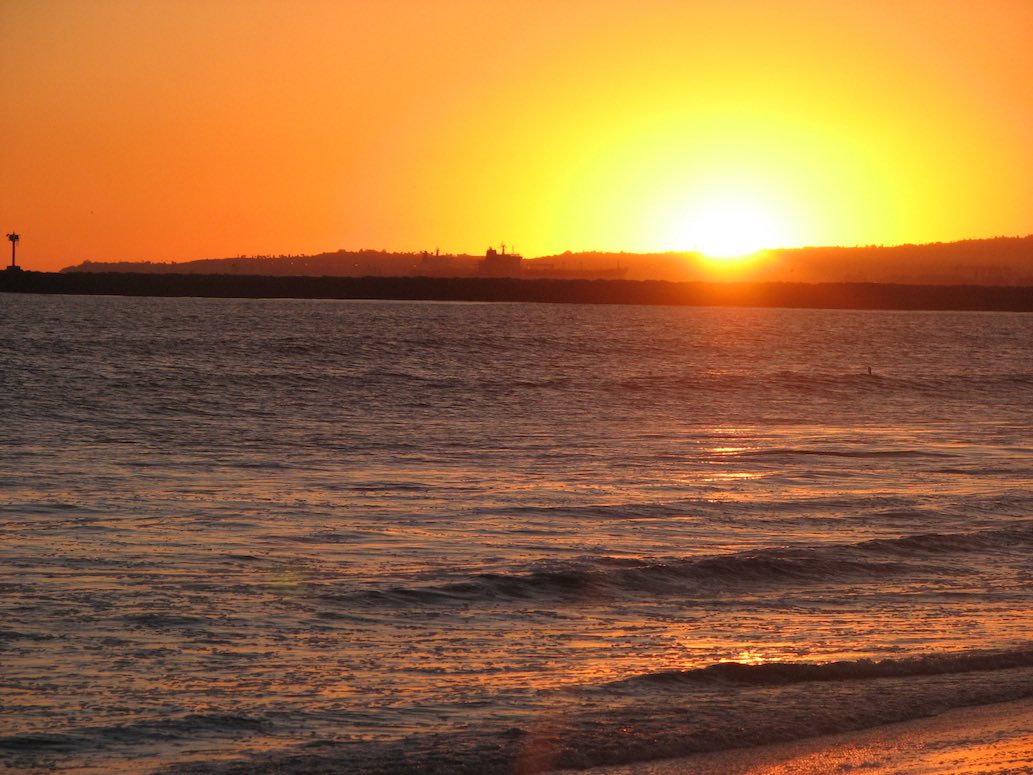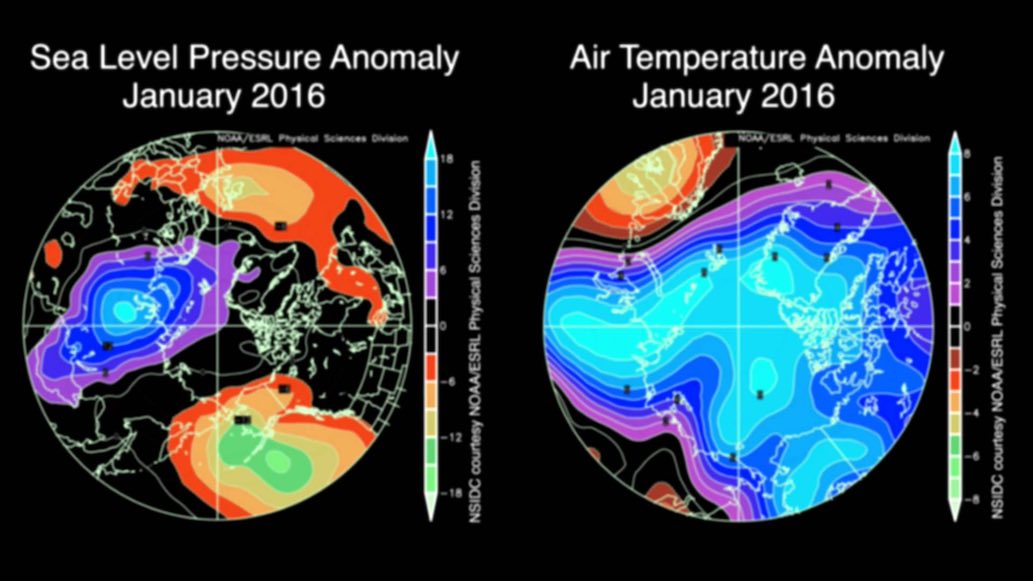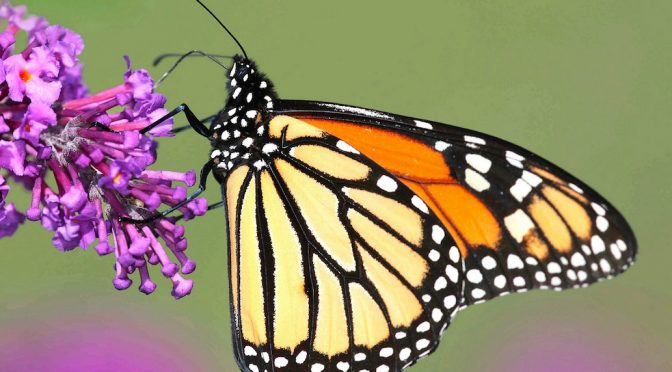
Helping the Monarch Butterfly Recover
- Biodiversity, News, Wildlife
- biodiversity, Featured, habitat loss, milkweed, monarch butterfly
- May 13, 2016
The life-cycle of the Monarch butterfly is epic. When cooler temperatures signal the coming North American winter, the vivid orange and black insect makes a grand 3,000 mile, multi-generational journey south to Mexico, at times flying at altitudes as high as 10,000 feet.
The Monarch is the only butterfly species making such a long, two-way annual migration. Offspring of the overwintering butterflies make their way north in the spring, looking for a place to lay their eggs, beginning another four generation cycle. The last generation, born in the early fall, make their journey back to their wintering grounds in Mexico. Sometimes roosting in the very same trees their ancestors did the previous winter.
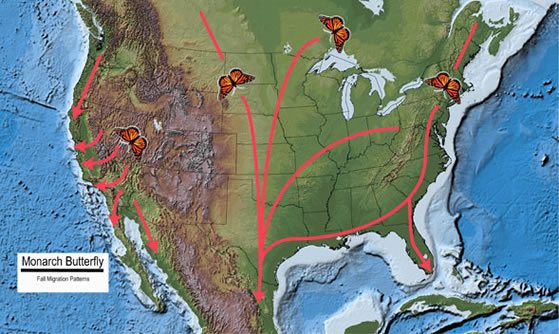
Where did all the Monarchs go?
According to professor of ecology Marcus Kronforst of the University of Chicago, in 1996 one billion Monarchs journeyed on their great migration. By 2013 that number had dropped to only 35 million.
At first deforestation of the Monarch’s wintering grounds was suspected as the main culprit of the rapid population decline. But the U.S. Fish and Wildlife service report that Mexico has since virtually eliminated illegal logging. Even with a protected wintering habitat, the clusters of hibernating butterflies now only occupy less than two acres, when they once covered up to 45 acres.
So what’s at the root of this precipitous decline?
Climate change is a factor, as the changing seasonal trends impact the Monarch’s migration patterns. There is also a stark reverse correlation between diminished population and the rising use of glyphosate, an herbicide introduced in 1997. Glyphosate kills plants without a genetically engineered immunity, including milkweed, the only food a Monarch caterpillar eats.
“Milkweed is a casualty of our choice to plant monoculture crops,” says Ya-Wei Li, senior director of endangered species conservation for Defenders of Wildlife
“The continued use of herbicides on milkweed reduces the habitat for monarchs,” Li says. “But if Monsanto had never invented Roundup, there would’ve been something else thought up to eliminate monarch habitat so we could get as much corn and soybeans as possible.”
Native American tribes join the fight to save the Monarch Butterfly
Monarch populations have rebounded since 2013, thanks to growing efforts to find solutions and restore habitat, but remain well off their highs from two decades ago. An initiative launched in 2015 by the Obama administration to seed habitat along the “Monarch Flyway” from Texas to Minnesota.
Earlier this week, seven Native Americans tribes announced they have joined forces with the University of Kansas Monarch Watch and the Euchee Butterfly Farm in Bixby, Oklahoma with plans provide more habitat and food for the Monarch.
“For the last several years, we have been raising bees and pollinators, so when this opportunity came along, it fit with what we were doing,” said Thalia Miller, director of the Chickasaw Nation Horticulture Department.
A single Monarch butterfly weighs less than a dime, yet its seasonal journey across thousands of miles, over mountain ranges, prairies and pastures, fighting the mighty headwinds of North America, belies its delicate veneer. Monarchs are a mysterious and magnificent part of an intricate mosaic of life on Earth.
It may seem that the fate of such an apparently fragile creature could have little impact in the larger scheme of things. Instead, perhaps it is a lesson on the importance of preserving and better understanding each strand in the web of life.
After all, if a butterfly flaps its wings…
How much do you know about Monarch Butterflies?
Take the Monarch IQ quiz and find out!
Featured image credit: John Flannery, courtesy flickr

